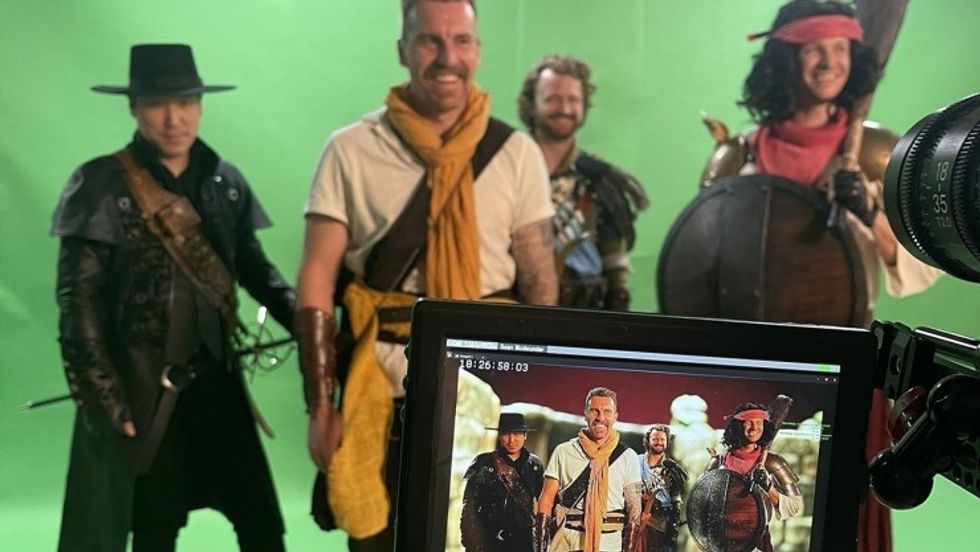Puget Systems Teams Up with Corridor Digital to Bring DnD to Life
The VFX wizards at Corridor Digital used Puget Systems and Unreal Engine 5 to bring their own Dungeons & Dragons show to life. Here's how they make that magic a reality.

Monster workstation designer and builder Puget Systems is teaming up with Corridor Digital to showcase some visual effects workloads at SIGGRAPH 2022. The two companies will be sharing a sneak peek of the "Son of a Dungeon" season 2 dungeon map, Corridor's popular web series based on Dungeons & Dragons, the classic role-playing adventure game.
Digitizing a DnD World
Much like Critical Role, which began as a tabletop game with a few voice actors and turned into an animated series, "Son of a Dungeon" is Corridor Digital's largest self-funded project inspired by Dungeons & Dragons (DnD). It was created as a love letter to the role-playing game the Corridor Crew has enjoyed over the years.
Season 1 had eight episodes and proved to be a big hit for the production company. But the lads did something different with their latest adventure.

The show was created using custom workstations from Puget Systems to elevate the make-believe world into reality. Corridor and Dwarven Forge built an elaborate DnD table, then digitized it so that they could create a fully immersive virtual set. The team then brought it to life using Unreal Engine 5 and other tools, even going as far as to put themselves into that digital world.
The "Son of a Dungeon" season 2 dungeon map will be highlighted at SIGGRAPH 2022 on a Puget Systems workstation with an AMD Threadripper Pro and NVIDIA RTX 3090. It's an immersive experience that will highlight the map along with the power of the workstation and the technology behind the VFX to show what it takes to bring such a project to life.
Puget Systems and Corridor Digital will also demo a new technology called NeRF (Neural Radiance Field). The neural network imaging systems can sense and predict light sources in animated objects, and those attending can watch the light fields being trained in real-time. The NeRF tech will be showcased on a new workstation powered by AMD Threadripper Pro with three RTX A6000s, which is a mind-numbing amount of power.

The Nerds
SIGGRAPH is an annual show that highlights CG, VFX, and more, going back to 1974. The 2022 show takes place in Vancouver and will be the first in-person show since 2019, following two years of virtual shows. If you want to watch all of Corridor Digital's shows and behind-the-scenes footage, you can find it on their site. Want to start with episode one? Check out the video below.
You can learn more about Puget Systems here.
For all things SIGGRAPH, check here. "Son of a Dungeon" season 2 will debut a few weeks after SIGGRAPH 2022.
Will you be attending? Are you a fan of Dungeons & Dragons and "Son of a Dragon"? Let us know in the comments!











